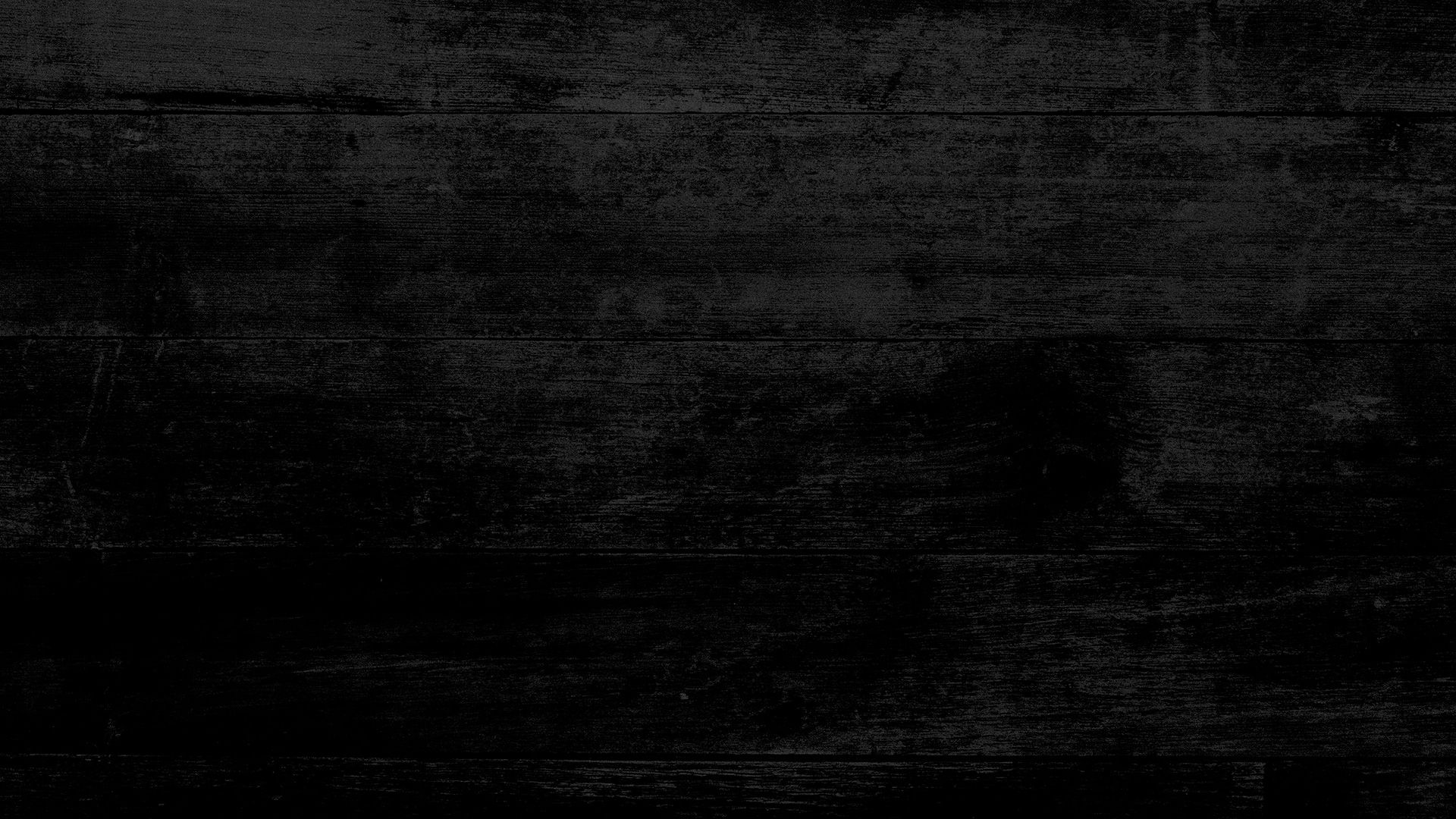Meaning of the turns in early Heian Kata
Since when I first learned Karate, about 30 years ago, I’ve heard of a style of Bunkai (perfectly exemplified in this video) that interprets Kata as an imaginary combat against several opponents. In this view, the Kata is seen as a series of small combinations, each against a single opponent, with several turns to face a new opponent linking the various combinations.
This interpretation has been contested many times, and it is relatively easy to find videos online making the point that Kata should be considered more like a series of techniques that can be applied (in different situations and never as the linear story of a combat) against a single opponent. Iain Abernethy, in particular, frequently refers back to the founder of Shito-ryu (Kenwa Mabuni) when explaining that turns in Kata represent a change in the defender’s angle of attack, to face the opponent from a different direction: “The meaning of the directions in kata is not well understood, and frequently mistakes are made in the interpretation of kata movements. In extreme cases, it is sometimes heard that "this kata moves in eight directions so it is designed for fighting eight opponents" or some such nonsense.” (Kenwa Mabuni, Karatedo Nyumon)
When looking at the Heian Kata, and especially the first two (and Taikyoku Shodan), this alternate view raises a question: if the turn is merely to face the opponent from a new direction, why does the Kata show back-spinning turns, instead of a quicker and more efficient turn to the side?
Let me give concrete examples:
At the start of Heian Shodan, we turn directly to the left, in a simple 90-degree adjustment of our feet. After the gedan-barai, we do a 180-degree back-spinning rotation, instead of a more direct and efficient mawatte to immediately face the opposite direction.
At the end of the first 3-step travel (with age-uke) or the nukite in Heian Nidan, we do a 270-degree back-spinning turn, instead of simply turning 90-degree to the side, as at the start of Heian Shodan.
If the whole meaning of the turn is to face a new direction, and thereby indicate we adopt a new angle against the attacker, then a simpler turn would be enough. Indeed, in some parts of these Kata, we do use the simpler turns. So, there must be a specific meaning associated to these back-spinning moves, that goes beyond the simple change of direction.
I believe in both these cases, the back-spinning moves are representations of throws, and there are many Bunkai videos online demonstrating this concept. I’ve also heard this opinion defended by my teacher, Sensei Terry Furuzawa.
The key fundaments of the spinning turn are these:
the foot that ends up in the front position, after the spinning turn, travels for 180 or more degrees, rotating the core around an axis centered on the other foot. This generates angular momentum.
the rotation is matched with a closed chambered position for a block (gedan-barai in Heian Shodan, shuto-uke in Heian Nidan) that unfurls just as the leading foot reaches the final position. Plus, the leading arm is on the same side of the leading foot.
These two points are very meaningful for a throw. The rotation allows the creation of momentum that helps in projecting or “throwing around” the front foot, but more importantly, in engaging the whole core in shifting weight. When we lock the weight on the pivoting foot, we also close our position to keep balance and increase rotational speed. At the end of the rotation, this angular momentum is converted into linear momentum creating a projecting force.
The chambered block, instead, represents the karateka holding some part of the opponent's body, to control him and take him with his rotation. The final part of the movement, the execution of the “block”, is the actual release of the held opponent, which coupled with the momentum generated by our rotation will hopefully send the adversary to the floor.
None of this momentum can be generated with a simple 90-degree turn or a mere change of direction in place, and so those turns would be inadequate to throw an opponent.
These turns appear in positions that naturally break a segment. Either they’re followed by a symmetric repetition of what came before, or a whole new sequence follows. In each case, they are markers for the end of a segment. The purpose of a Bunkai sequence is to quickly gain an advantage, disable the opponent or at least reduce their capacity to throw an attack, and use that advantage to escape the confrontation.
This is because a throw is a natural end of a Bunkai sequence, especially in early Kata, since by itself it is not a lethal or disabling attack, but puts the opponent on the floor, in a position where we can follow up with a finalisation technique of our choice. These techniques are not usually shown in these Kata, and we can assume the Kata are only demonstrating the principle of creating an opening to escape.
There can be other reasons for turns in a Kata, for example, a practical consideration to make the whole Kata fit in a small training space, or a more aesthetic preoccupation with symmetry, by returning the Karateka to the starting spot at the end of the Kata. But those, in my view, are accessories to the Kata lessons, and the two main principles associated to turns, in my view, are:
to teach the karateka to avoid the striking line of the opponent, and approach him/her from a different angle;
to teach the karateka to create enough momentum to rotate and throw an opponent off-balance.


